The blowdown valves are used for operation in the open position. The main function of the blowdown valve is mainly to control a continuous flow of steam/fluid under high differential pressure.
The outstanding feature of this type of valve is that it can maintain fluid-tightness and it is easily operated without the help of any wedging action.
Blowdown Valve (BDV)
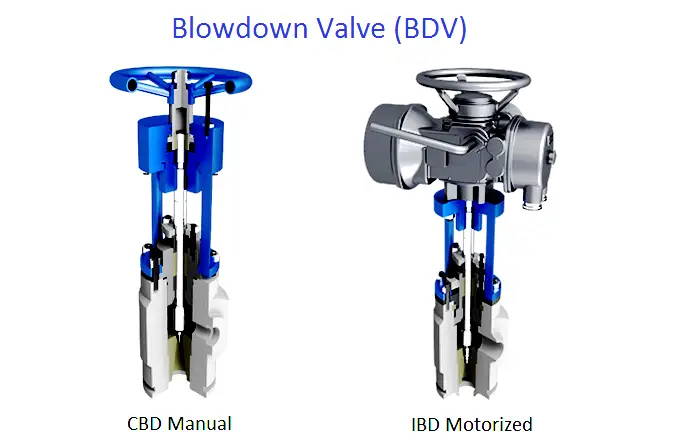
Applications of Blowdown valves
The primary function of a blowdown valve is to control the concentrations of suspended & total dissolved solids (TDS) in the boiler.
Boiler blowdown is a severe service application which results in rapid erosion and wearing out of conventional valves.
Types of Blowdown valves
Continuous blowdown is usually an on-going process, whereas intermittent blowdown is performed on an as needed basis.
Continuous Blowdown (CBD) valves
Continuous Blowdown (CBD) valves are designed to operate in continuous open position by releasing water continuously through a blowdown tap near the boiler water surface, thereby maintaining the TDS level in the boiler drum.
Continuous Blowdown Valve is an angle type valve with a needle shaped trim in a venturi diffuser. The venturi diffuser provides sufficient area for the high velocity flashing water, thereby avoiding choked flow.
Intermittent Blowdown (IBD) valves
Intermittent Blowdown (IBD) valves are designed to operate at predetermined intervals by releasing water & accumulated sludge periodically through a blowdown tap near the bottom of the boiler.
The primary requirement of these valves is to provide tight shut-off even after repetitive blowdown operations.
Earlier, these two functions (blowdown and sealing) were performed by two different valves installed in series and operated in a definite sequence.
Intermittent Blowdown Valve carries out both these functions in sequence i.e. blowdown in open position and sealing in closed position.
This is achieved by providing a multi-step throttling plug, which splits the total pressure drop across each step.
The sealing area is separate from the throttling area, which reduces erosion and provides leak tightness even after prolonged usage.
Read Next:
- Control Valve flow coefficient
- Interview Questions on Valves
- Control Valve Animation
- Valve Flow Characteristics
- Control Valve Connections
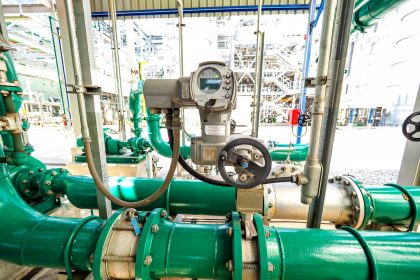
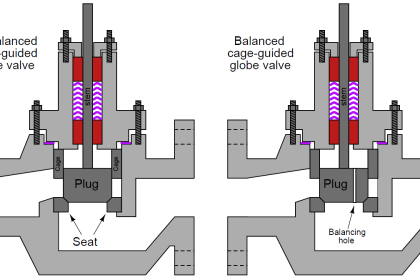

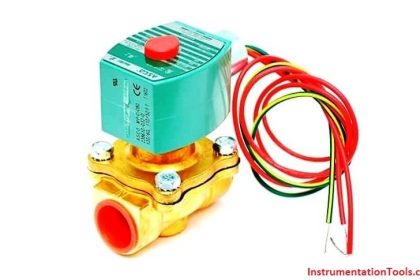
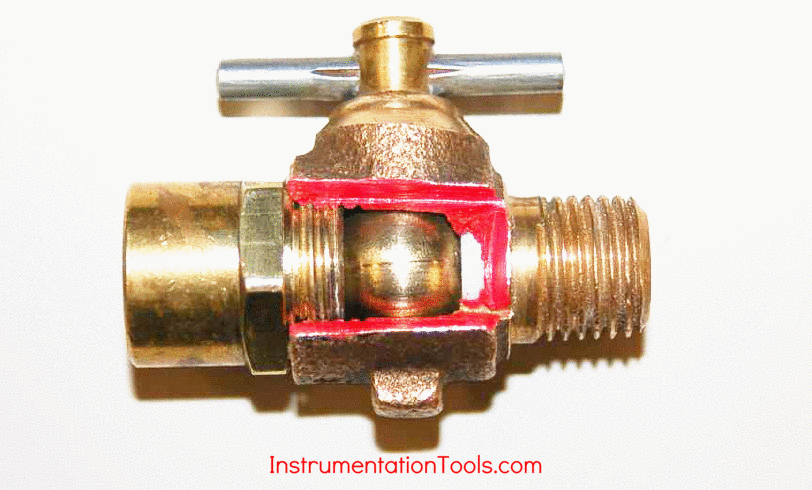
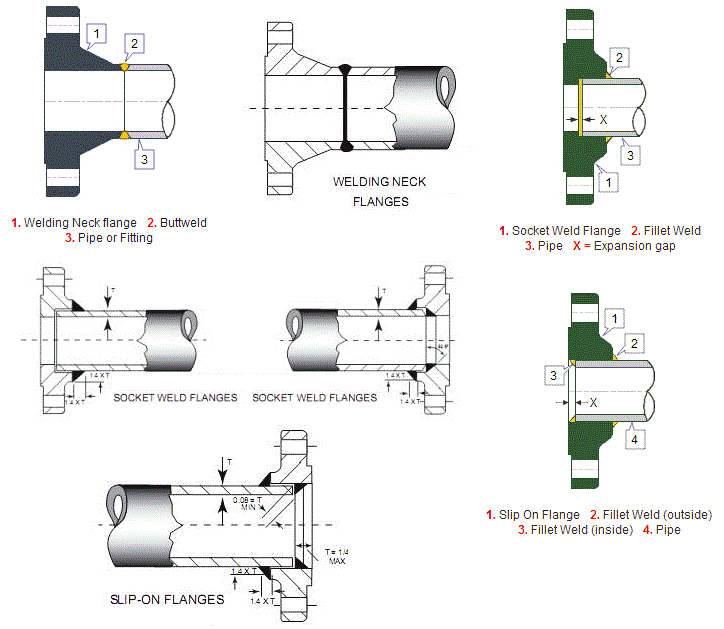
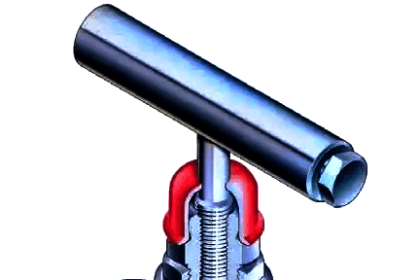
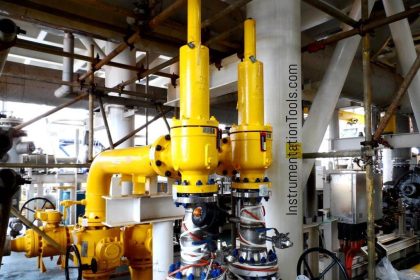
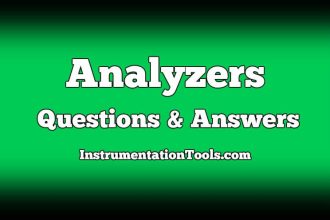
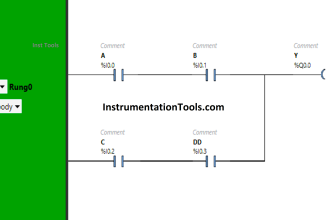

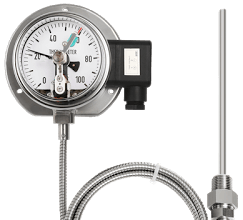
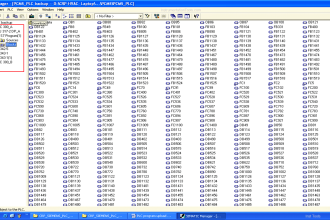
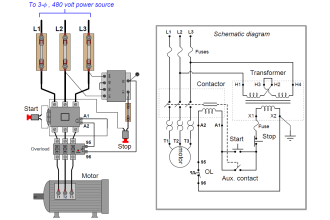
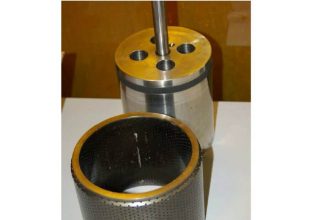
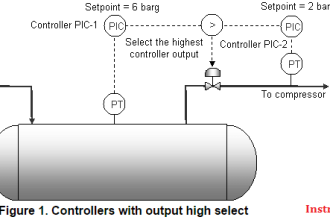

Very important information is available here.
Very informative article. I have a doubt, please clarify.
Is it a good engineering practice to take close feedback of battery limit shutdown valves before open command goes to BDV during depressurization?
Please share the reason.